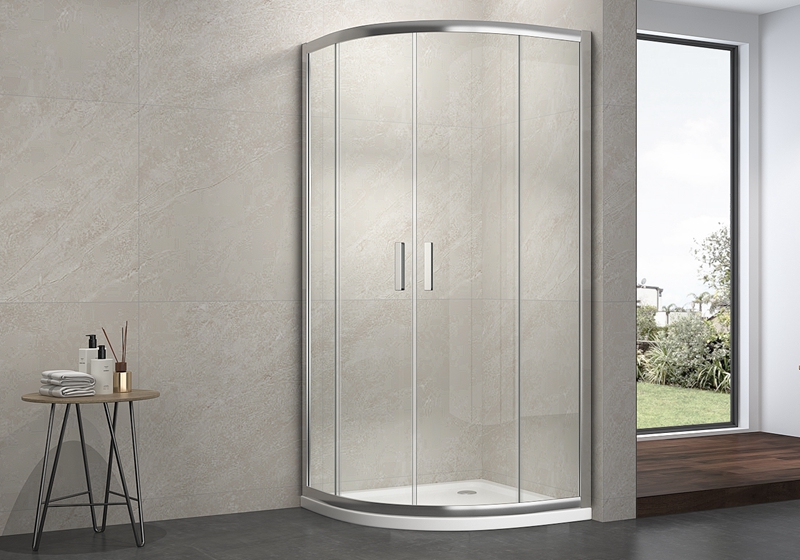The principle of waterproofing waterproof electrical equipment used in a glass shower enclosure involves creating a barrier that prevents water or moisture from coming into contact with the electrical components, thereby reducing the risk of electrical shock or equipment damage. This is achieved through several key design and construction features:
1. Sealed Enclosures: Waterproof electrical equipment is typically housed within sealed enclosures or housings. These enclosures are designed to be impermeable to water, preventing moisture from entering the interior where the electrical components are located.
2. IP Ratings: In many cases, waterproof equipment is assigned an Ingress Protection (IP) rating, which indicates the level of protection against the intrusion of solid objects (like dust) and liquids (including water). A higher IP rating indicates a greater degree of waterproofing. For instance, an IP67-rated device is dust-tight and can withstand immersion in up to 1 meter of water for a specified time.

3. Rubber Gaskets and Seals: Waterproof electrical equipment often incorporates rubber gaskets and seals to create a watertight barrier at seams, joints, and openings, such as the lid of an enclosure. These gaskets ensure that water cannot penetrate the interior.
4. Threaded or Bayonet-Type Seals: Many enclosures use threaded or bayonet-type seals for easy and secure closure. These mechanisms ensure a tight and waterproof seal when properly fastened.
5. Ventilation Control: Waterproof equipment may also have controlled ventilation to prevent condensation inside the enclosure. Ventilation should be designed to allow air circulation while preventing water ingress.
6. Materials: The materials used in the construction of the equipment are carefully selected to resist corrosion and moisture damage. This includes using non-corrosive metals and corrosion-resistant coatings.
7. Drainage Channels: In some cases, waterproof electrical equipment includes built-in drainage channels or weep holes to direct any water that does manage to enter away from the sensitive electrical components.
8. Quality Assurance: Reliable manufacturers of waterproof electrical equipment subject their products to rigorous testing to ensure they meet specified waterproofing standards. This may include tests for water immersion, dust ingress, and resistance to high-pressure water jets.
The specific design and features of waterproof electrical equipment may vary depending on the intended application and the equipment type. When selecting such equipment for a glass shower enclosure or other wet environments, it's important to choose products that are rated for the level of moisture exposure they will encounter and to follow the manufacturer's installation and maintenance guidelines to ensure long-term waterproofing performance.




 English
English Deutsch
Deutsch
















